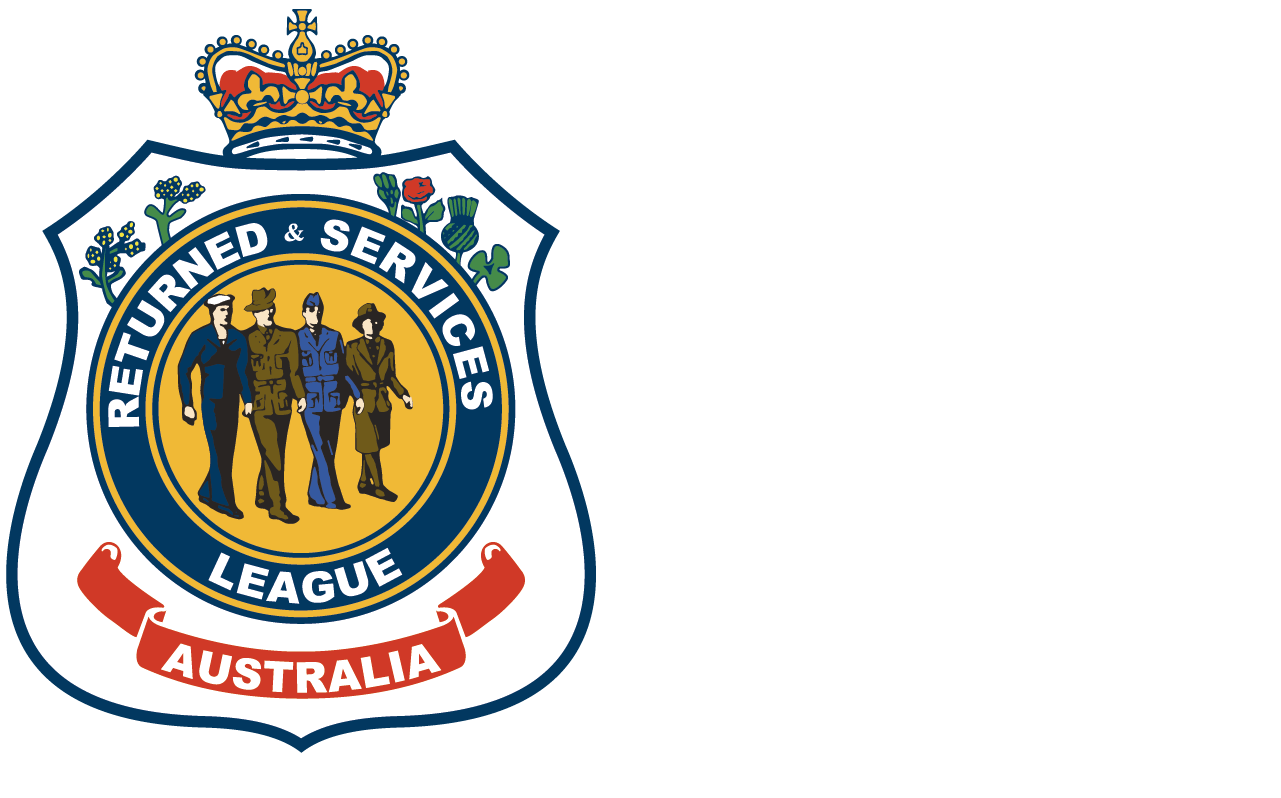Claremont RSL War Memorial
Claremont RSL War Memorial
The Claremont War Memorial is located in Windermere Community Foreshore Park at the bottom end of Box Hill Road, Claremont, with Windermere Bay and Dogshear Point as a backdrop. The decision to build the memorial in Windermere Community Foreshore Park was made because the site looks across to Dogshear Point (previously known as Triffit’s Point), where Claremont Army Camp was located during World War 1 and where the Cadbury factory, Cadbury housing estate and Claremont Golf course are now located.
With exception of those who trained at Pontville in 1914, and some who were trained for a short period at Ross, all Tasmanians who enlisted during World War 1 in Tasmania, were trained at Claremont Army Camp, with up to 2,000 soldiers in training at any one time.
An Iconic Design
The design consists of three concrete panels standing side by side on a raised plinth. The concrete material represents the strength and determination which has always been and continues to be shown by our armed forces when faced with adversity and the exposed concrete aggregate of the plinth conveys the rawness of conflict.
The outer panels are angled forward 15 degrees, and this is symbolic of three individuals standing with arms around shoulders in a show of solidarity and comradeship. The central panel is rectangular in shape and the two outer panels have their tops tapered. The tapering of the outside panels is purely aesthetic.
The panels support the three service badges – from left to right when facing the panels – NAVY – ARMY – AIR FORCE. The words TO THOSE WHO SERVED and LEST WE FORGET are placed below the army badge on the centre panel. LED lights are set into the plinth near the base of each panel for after dark illumination. A flagpole stands behind the centre panel.
Visual & Educational
The paved walkway which leads to the memorial cuts across the remains of the roadway which led to the camp and there is a paved area in front of and to each side of the memorial. Five information boards are placed on the northern side of the walkway and the area has been grassed and planted with native shrubs and trees.
An Unforgettable Dedication
The memorial was dedicated on 11 April 2015 and unveiled by the Mayor of Glenorchy, Alderman Kristie Johnston. Members of the 12/40th Battalion, Royal Tasmania Regiment formed the Catafalque Party. This in itself was historic as the 12/40th is the descendent of the 12th Battalion which was raised at Pontville in 1914 and went ashore in the second wave at Gallipoli on 25 April 1915, and the wholly Tasmanian 40th Battalion which was raised at Claremont Camp in 1916 and served with distinction on the Western Front.
The 12/40th soldiers were the first to carry out an official function on the site since the camp closed in 1918. In 1914, Tasmania had a population of just on 200,000. Out of a male population of 45,000 who were eligible for enlistment 15,000 did so and just over 12,000 served overseas with nearly 2,900 killed and 4,500 wounded.
Lest We Forget
We at Claremont RSL believe that our memorial is not only a lasting tribute to all those who trained at the camp, it is a fitting memorial to all Tasmanians who have served in all conflicts and peace keeping operations.


